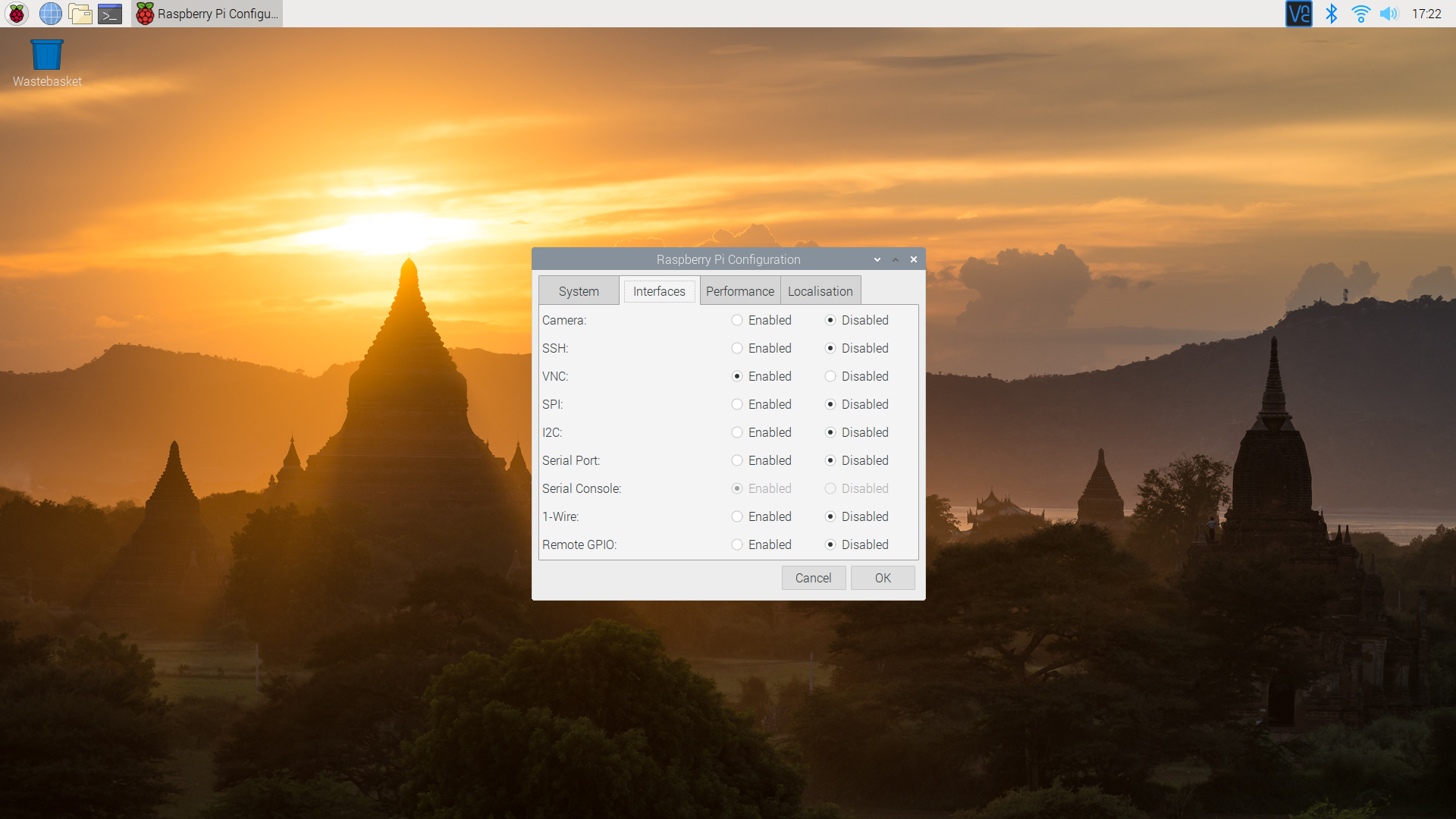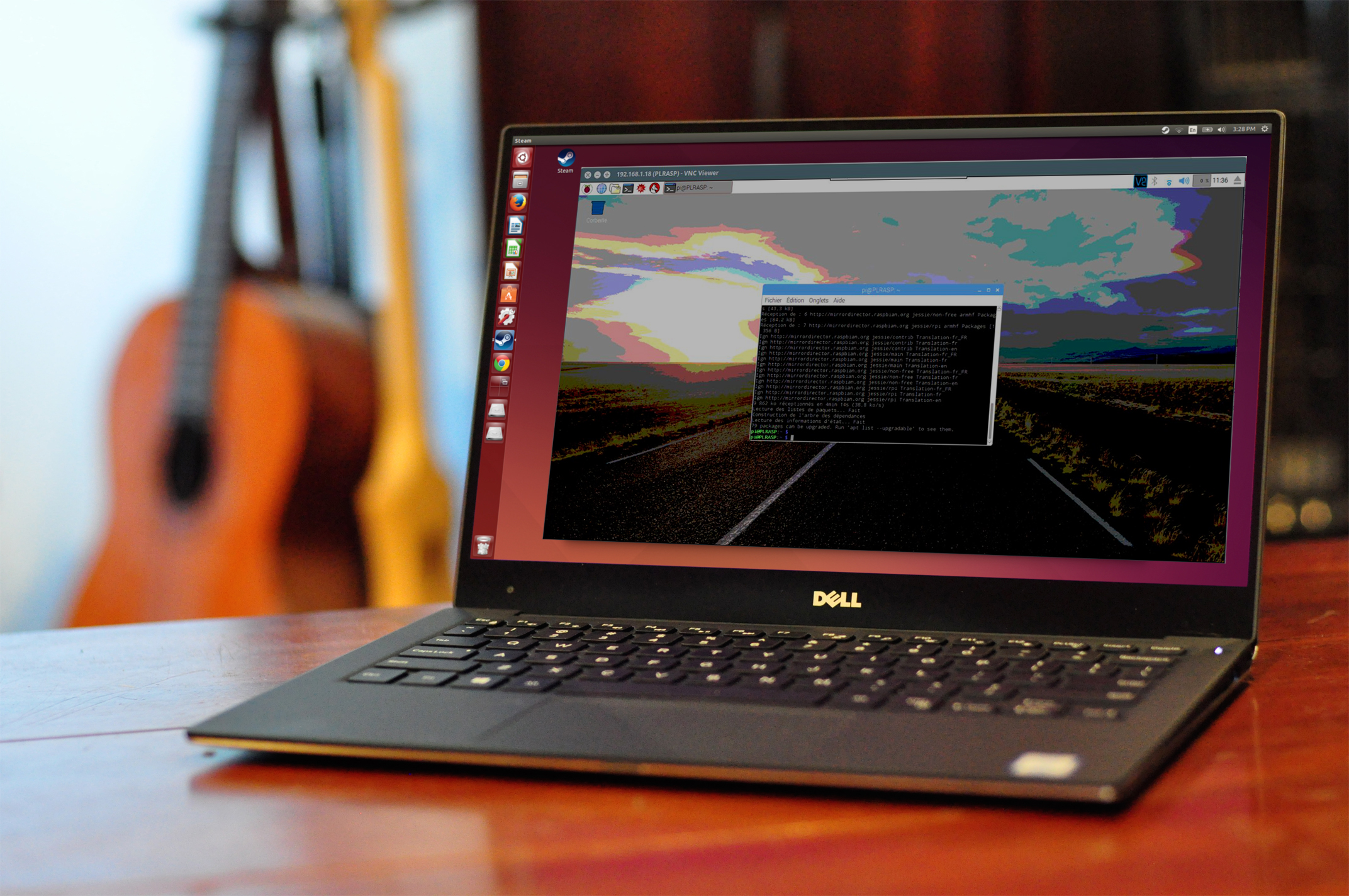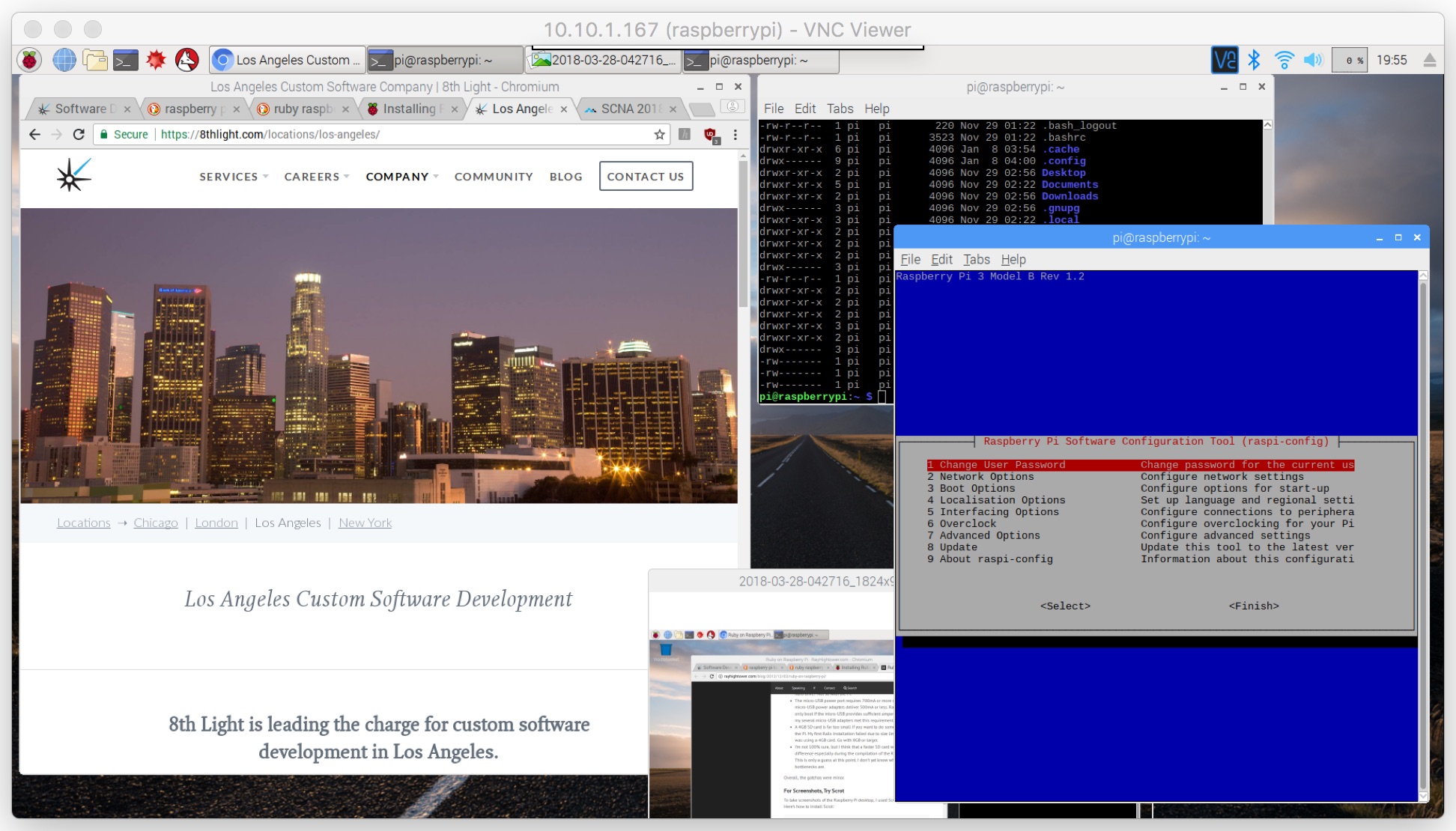Remote access has become an essential tool for tech enthusiasts, developers, and everyday users alike. If you're diving into the world of Raspberry Pi, mastering VNC viewer for Raspberry Pi is a game-changer. Imagine being able to control your Raspberry Pi from anywhere in the world without physically being near it. Sounds cool, right? Well, that's exactly what VNC viewer can do for you. Whether you're setting up a home server, running IoT projects, or simply tinkering with your Pi, this powerful software is your go-to solution for remote desktop access.
But hold up, before we dive deep into the nitty-gritty of VNC viewer for Raspberry Pi, let me ask you a question: have you ever tried controlling your Raspberry Pi from another device? If you haven't, you're missing out on a world of convenience. With VNC viewer, you can seamlessly access your Pi's desktop interface from any compatible device, be it a Windows PC, Mac, or even your smartphone. This guide will walk you through everything you need to know to get started.
Now, I know what you're thinking—why VNC viewer? Well, my friend, there are plenty of remote access tools out there, but VNC viewer stands out because of its simplicity, reliability, and cross-platform compatibility. Plus, it's super easy to set up, even for beginners. So, if you're ready to unlock the full potential of your Raspberry Pi and take your tech skills to the next level, keep reading. Let's get started!
- Ullu Free Watch Your Ultimate Guide To Streaming Indian Web Series
- Hdhub4ufootball Your Ultimate Destination For Football Frenzy
What is VNC Viewer for Raspberry Pi?
VNC viewer for Raspberry Pi is a remote desktop application that allows you to access and control your Raspberry Pi from another device over a network. It essentially mirrors your Pi's desktop interface on your screen, giving you full control as if you were sitting right in front of it. This is particularly useful if your Raspberry Pi is headless—meaning it doesn't have a monitor, keyboard, or mouse attached—or if you simply want to manage it from the comfort of your couch.
How Does VNC Viewer Work?
VNC viewer works by establishing a connection between your Raspberry Pi and the device you're using to access it. Once connected, you can interact with your Pi's desktop environment just like you would if you were physically using it. The best part? VNC viewer supports multiple platforms, so you can connect from virtually any device that has the VNC client installed.
Here's a quick breakdown of how it works:
- Mia Threapleton The Rising Star In The Spotlight
- Ullu New Web Series Download Your Ultimate Guide To Streaming And Downloading
- Server Side: Your Raspberry Pi acts as the VNC server, which sends its screen data to the client.
- Client Side: The device you're using to access your Pi acts as the VNC client, which receives and displays the screen data.
- Network Connection: Both the server and client communicate over a network, which can be either local (LAN) or remote (via the internet).
This setup makes VNC viewer incredibly versatile, whether you're working on a project at home or need to troubleshoot your Pi from afar.
Why Use VNC Viewer for Raspberry Pi?
There are countless reasons why VNC viewer is the preferred choice for Raspberry Pi users. Here are just a few:
1. Easy Setup
Setting up VNC viewer on your Raspberry Pi is a breeze. With just a few simple commands, you can have it up and running in no time. Even if you're new to Raspberry Pi, the process is straightforward and well-documented.
2. Cross-Platform Compatibility
VNC viewer works seamlessly across different operating systems, including Windows, macOS, Linux, and even mobile platforms like Android and iOS. This means you can access your Raspberry Pi from virtually any device you have at hand.
3. Full Desktop Access
Unlike other remote access tools that may limit your capabilities, VNC viewer gives you complete control over your Raspberry Pi's desktop environment. You can run applications, manage files, and configure settings just as you would if you were using the Pi directly.
4. Headless Operation
If you're running a headless Raspberry Pi, VNC viewer is a lifesaver. Without the need for a monitor, keyboard, or mouse, you can still interact with your Pi's desktop interface effortlessly.
Getting Started with VNC Viewer for Raspberry Pi
Ready to set up VNC viewer on your Raspberry Pi? Follow these step-by-step instructions to get started:
1. Enable VNC on Your Raspberry Pi
First, you'll need to enable VNC on your Raspberry Pi. Here's how:
- Open the Raspberry Pi Configuration tool by typing
sudo raspi-configin the terminal. - Select Interfacing Options and navigate to VNC.
- Enable VNC and exit the configuration tool.
That's it! VNC is now enabled on your Raspberry Pi.
2. Install the VNC Viewer Client
Next, you'll need to install the VNC viewer client on the device you plan to use for remote access. You can download it from the official RealVNC website. Simply choose the appropriate version for your operating system and follow the installation instructions.
3. Connect to Your Raspberry Pi
Once the VNC viewer client is installed, open it and enter your Raspberry Pi's IP address in the connection field. If you're unsure of your Pi's IP address, you can find it by typing hostname -I in the terminal. Click Connect, and you'll be prompted to enter your Raspberry Pi's login credentials.
Voilà! You're now connected to your Raspberry Pi's desktop interface.
Troubleshooting Common Issues
While VNC viewer is generally reliable, you might encounter a few issues during setup or usage. Here are some common problems and their solutions:
1. Unable to Connect
If you're unable to connect to your Raspberry Pi, double-check the following:
- Ensure VNC is enabled on your Raspberry Pi.
- Verify that your Raspberry Pi and the client device are on the same network.
- Make sure you're entering the correct IP address and login credentials.
2. Slow Performance
If you're experiencing lag or slow performance, try the following:
- Adjust the display settings in VNC viewer to reduce resolution or color depth.
- Use a wired connection instead of Wi-Fi for better stability.
- Close unnecessary applications on your Raspberry Pi to free up resources.
3. Security Concerns
When using VNC viewer over the internet, it's important to prioritize security. Here are a few tips:
- Use strong passwords for your Raspberry Pi login.
- Enable encryption in VNC viewer settings to protect your data.
- Consider setting up a firewall or using a secure tunnel like SSH for added protection.
Advanced Features of VNC Viewer for Raspberry Pi
Once you've mastered the basics, it's time to explore some of the advanced features that VNC viewer has to offer:
1. File Transfer
VNC viewer allows you to transfer files between your Raspberry Pi and the client device. This is incredibly useful if you need to share large files or backup data.
2. Multi-User Access
If you're working on a collaborative project, VNC viewer supports multiple users accessing the same Raspberry Pi simultaneously. Just be sure to configure the appropriate permissions to avoid conflicts.
3. Customization Options
VNC viewer offers a range of customization options, such as adjusting display settings, configuring keyboard shortcuts, and fine-tuning performance parameters. Experiment with these settings to optimize your remote access experience.
Real-World Applications of VNC Viewer for Raspberry Pi
VNC viewer for Raspberry Pi isn't just a cool tech tool—it has practical applications in various fields. Here are a few examples:
1. Home Automation
With VNC viewer, you can remotely monitor and control your smart home devices powered by Raspberry Pi. Whether you're adjusting the thermostat or checking security cameras, it's all possible with a few clicks.
2. Educational Projects
Raspberry Pi is a popular choice for educational projects, and VNC viewer makes it easy for students and teachers to collaborate remotely. From coding workshops to robotics competitions, the possibilities are endless.
3. Business Solutions
Many businesses use Raspberry Pi for tasks like data collection, automation, and monitoring. VNC viewer enables remote access to these systems, streamlining operations and reducing downtime.
Conclusion
In conclusion, VNC viewer for Raspberry Pi is an indispensable tool for anyone working with this versatile device. From its ease of setup to its advanced features, it offers a seamless remote access experience that caters to both beginners and seasoned professionals. By following the steps outlined in this guide, you can unlock the full potential of your Raspberry Pi and take your projects to the next level.
So, what are you waiting for? Give VNC viewer a try and see how it transforms the way you interact with your Raspberry Pi. And don't forget to share your experiences in the comments below. Who knows? You might just inspire someone else to dive into the world of remote access!
Table of Contents
- Bollyflix Ind In The Ultimate Guide To Streaming Bollywood Movies
- Odia Viral Video Link What You Need To Know About The Latest Trend


